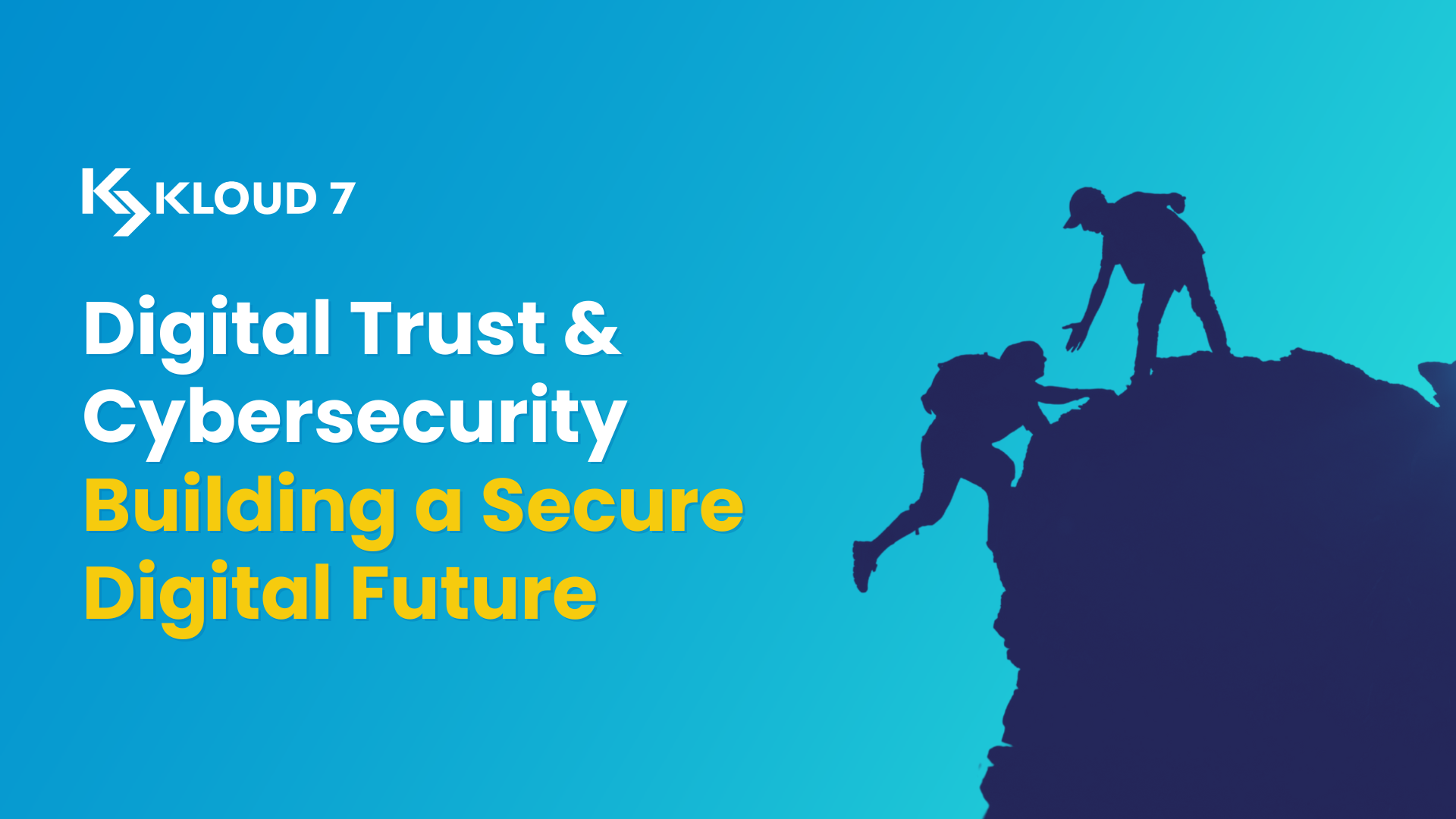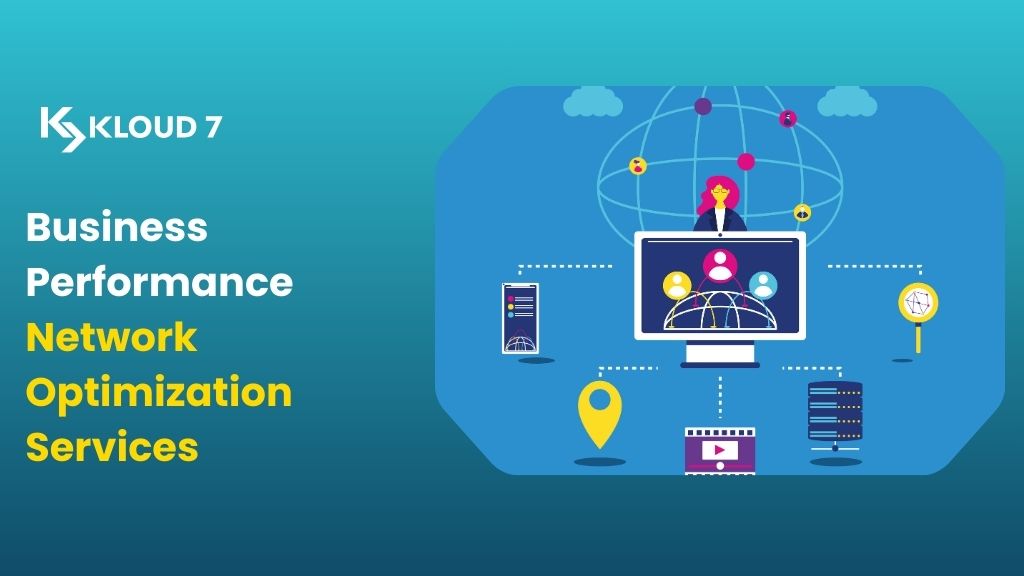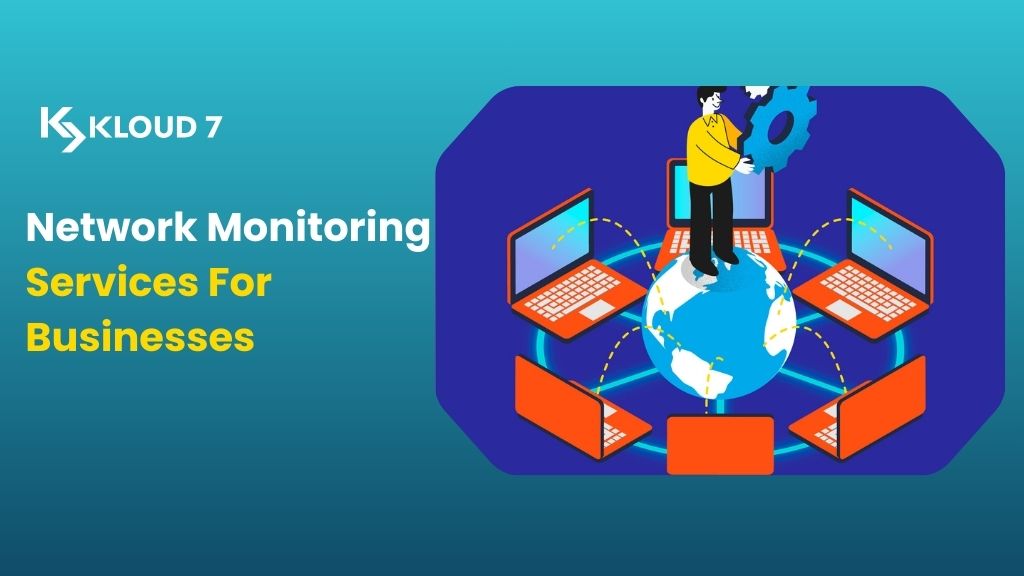Digital transformation will be seen as the drive for businesses, government, and individuals to interact with one another. It is here that one begins to see the emergence of digital trust as the linchpin of online environments that are secure and reliable. They hold the faith in their security, privacy, and integrity of the digital systems, data, and transactions used by users, organizations, and stakeholders in them. In consequence, their basis for the structure called digital trust is Managed IT Solutions and Cybersecurity practice that protects systems, networks, and data against unauthorized access, attacks, and damage. As threats grow both upon sophistication and frequency, the vigilance of digital trust through robust cybersecurity measures is critical for the sustenance of economic growth, the protection of sensitive information, and firming up of seamless experiences in digital encounters. In this article, the authors will examine the interaction between digital trust and cybersecurity and their importance in today’s world, with some strategies for strengthening the two.
The Importance of Digital Trust
Digital trust, just like the foundation of the economy, is itself the place for online businesses to forge to e-governments in delivering electronic services, opening up the portion of online banking, shopping, and social networking to individuals with the confidence that they need. In the absence of trust, users are wary of taking on new technologies, sharing data or even embracing digital ecosystems, causing stagnation in innovation and growth.
The evidence of the importance of digital trust manifests itself in several areas:
Economic Impact: It is trust that brings e-commerce, cloud computing, and digital payments into existence. According to a 2023 report, global e-commerce sales were estimated to reach $5.7 trillion, which stems from secure transactions and data privacy.
Customer Loyalty: A trusted secure and open data practice creates a deeper bond toward customers. A survey conducted in 2024 states that 87% of consumers would be likely to engage with companies demonstrating strong cybersecurity and Managed IT Solutions.
Regulatory Compliance: The legal framework like GDPR, CCPA, or HIPAA makes a demand of very stringent data protection and holds on to organizations their accountability to breaches or misuse as part of the trust building process.
Innovation Enablement: Artificial intelligence (AI), the Internet of Things (IoT), and blockchain are some of the advanced technologies that require deep trust for massive adoption. For example, IoT devices are expected to exceed the mark of 30 billion by 2025-it is so important for these devices to be secure for these to avoid becoming vulnerable.
But trust is thin and can easily be eroded by a single hack or phishing attack or a system failure that can lead to financial, reputational, and legal losses. This is the importance of cybersecurity.
Cybersecurity: The Backbone of Digital Trust
Cybersecurity involves the technology, processes, and practices that safeguard digital assets from threats such as ransomware, malware, phishing, and internal attacks. Consequently, its role becomes increasingly important with cybercrime loss costs projected to reach $10.5 trillion yearly by 2025. Thus, cybersecurity is no longer an option, but rather a strategic imperative for ensuring digital trust: confidentiality-protecting sensitive data from unauthorized access; integrity-ensuring data and systems stay accurate and unaltered; availability-guaranteeing that necessary times and services will be distributing these types of requirements.
Key Cybersecurity Challenges
The cybersecurity landscape is evolving rapidly and the rapidly emerging new challenges are ones that threaten digital trust:
- Advanced Threats: Cybercriminals are using AI-based attacks, deepfakes, and zero-day exploits to bypass traditional defenses. For instance, ransomware attacks shot up by 73% in 2024, targeting vital infrastructure such as healthcare and power.
- Expansive Attack Surfaces: More entry points for attackers are created by the widespread use of IoT devices, remote work, and cloud adoption. One unsecured device can open up an entire network.
- Human Error: Around 80% of all data breaches comprise human factors such as weak passwords or falling prey to phishing.
- Regulatory Complexity: The complexity of navigating all possible countries’ compliance regulations becomes harder with the multinational organization.
- Supply Chain Assaults: As demonstrated by the SolarWinds attack of 2020, third-party suppliers and software supply chains become increasingly targeted.
Cybersecurity Strategies to Build Digital Trust
It requires organizations to address these challenges by creating proactive and multi-layered cyber-attacks. Here are some key points in defense:
Zero Trust Architecture
Zero Trust is based on the “never trust, always verify” maxim. This means continuous user authentication and authorization for every user, device, or application-no matter their location. Micro-segmentation, multi-factor authentication (MFA), and least-privilege access all contribute to risk-reduction. For example, it reduced an increased number of internal threats when Google turned on Zero Trust.
Advanced Threat Detection and Response
Real-time threat detection and automated threat response is possible with the power of AI and machine learning. SIEM systems and XDR platforms analyze huge datasets for identifying anomaly detection signatures. For organizations with AI-based detection in 2024, breach response times decreased by 40%.
Employee Training and Awareness
Regular Managed IT Solutions and cybersecurity training reduces the risk of human error. Simulated phishing exercises and workshops on password hygiene provide employees a chance to learn how to recognize and avoid threats. Companies with strong training programs claim to have reported incidents that are 50% lower in terms of the human error inflicted.
Data Encryption and Privacy
Encryption safeguards confidentiality and confidentiality for data even when it is intercepted. ‘Pseudonymisation’ and privacy-enhancing technologies, such as homomorphic encryption, allow data to be processed without exposing sensitive information. Compliance with privacy laws also builds trust.
Secure Software Development
Thus, bringing security into the software development lifecycle (DevSecOps) prevents vulnerabilities in applications. Efforts devoted to code reviews, static analysis, and penetration testing result in secure software. The Log4j crack from 2021 made a strong case for pro-active patching and the merits of secure coding.
Incident Response and Recovery
A clearly-known damage-reducing incident response plan provides for fast restoration of services. Regular backups, conduct of disaster recovery drills, and cybersecurity insurance are ways of mitigating risks. Mature response plan organizations recover from breaches at least 60% faster.
Collaboration and Information Sharing
Public-private partnerships and industry alliances, such as Cybersecurity and Infrastructure Security Agency (CISA), establish shared mechanisms that allow organizations to exchange threat intelligence. All collaborative efforts are for mutual defense and attacks not to take place.
The Role of Emerging Technologies
Emerging technologies revolutionize the paradigm of cybersecurity by creating avenues as well as hazards.
AI and Machine Learning: for instance, increase detecting threats but at the same time launch an attack at a very advanced level. Ethical constructs of using AI must still be put in place to be able to really trust that all people in need of these technologies can fully exploit them.
Blockchain: Decentralized ledgers assure the integrity and secure transactions of data, which will significantly increase trust in apps such as supply chain management.
Quantum Computing: quantum computing will give computers unrivaled processing capacity, but it may also turn out to be a threat to existing encryption standards. To overcome this, post-quantum cryptography is being developed.
Building a Culture of Digital Trust
Besides technology, digital trust requires a cultural shift. Organizations need to prioritize transparency, accountability, and user-centricity:
Transparency: Users need to be clearly informed about data practices and security processes. For example, publishing an annual security report builds more credibility.
Accountability: The leadership needs to advocate cybersecurity by budgeting and resourcing it. Boards that have a basic understanding of cybersecurity are 30% more effective at managing risks.
Stabilizing User Empowerment: Gizmo tools such as privacy dashboards and consent management should be given to users for the easy exercise of control over their data.
The Future of Digital Trust and Cybersecurity
As digital ecosystems will broaden, the dynamic between digital trust and security will increase. Governments are creating more stringent laws, such as the Digital Operational Resilience Act (DORA) in the EU, to make institutions more accountable. Another thing increasing the demand will be consumers wanting their privacy and security, with 64% of users willing to pay extra for brands with a reputation for strong cybersecurity.
To keep above the fray, organizations must embed never-ending upscaling of the workforce, but also continuously innovate and contribute to a global collaborative pool. In doing so, cybersecurity would be aligned with business objectives and prioritizing user trust while being appropriately navigated around an ever-complex digital world.
Conclusion
Digital trust and cybersecurity: two indispensable pillars of a secure digital future. With the rapid evolution of cyber threats, organizations must proactively adopt a technology-human model of the security of data, systems, and users from external threats. Building a culture of trust coupled with advanced tools in the application of public and private sectors will endeavor to create strong digital ecosystems that can empower innovative growth. In a world where trust becomes currency in the digital economy, the full potential can be unlocked through robust cybersecurity.
For more information visit kloud7 and keep your business away from all the security threats.




